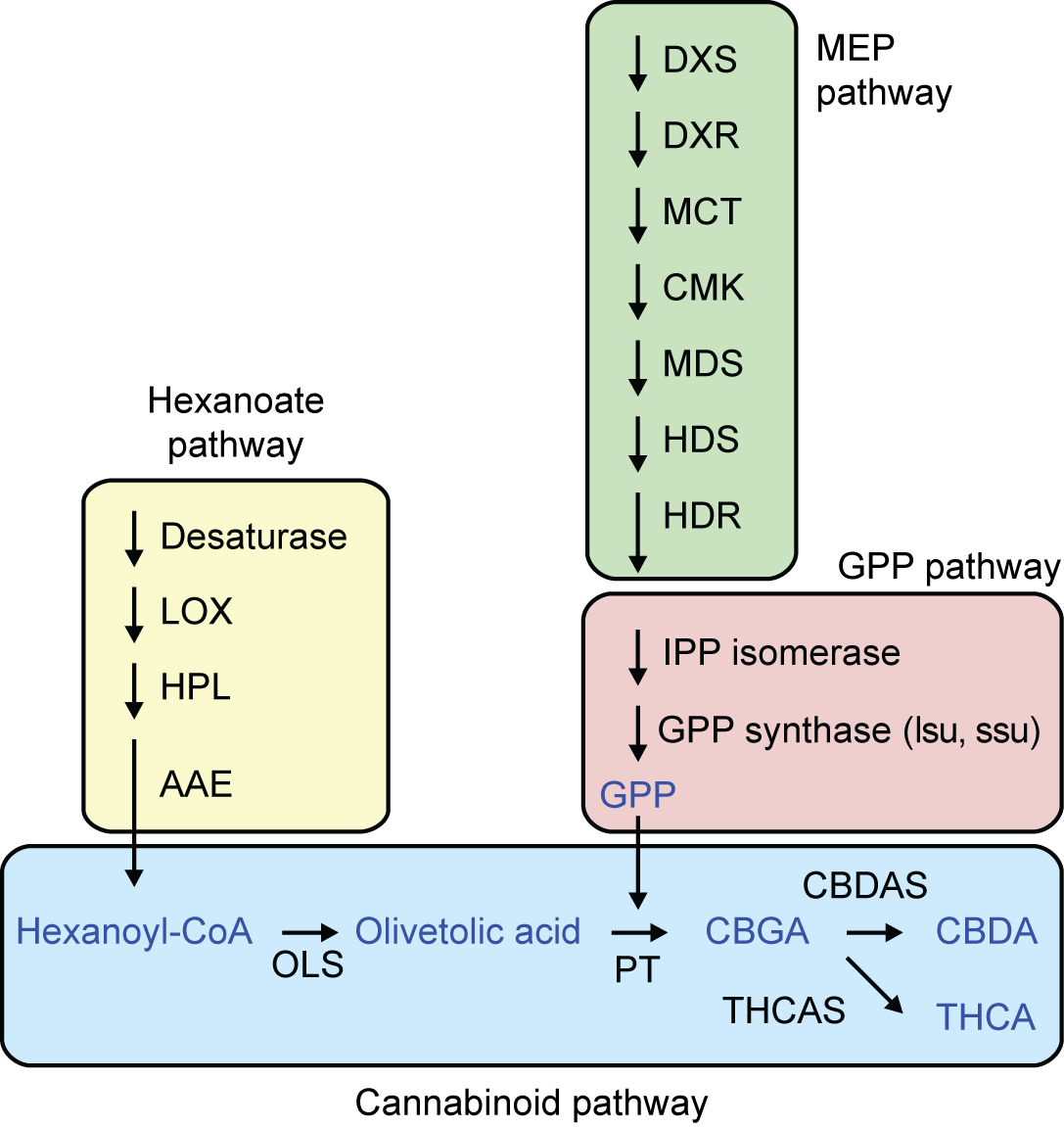T
TheFarm
just wanted to know your thoughts on this since I had been thinking about anecdotes of potent marijuana crops becoming nonpotent after generations when left to open pollination as in a situation where the isolated fertile outdoor grow site was abandoned?



